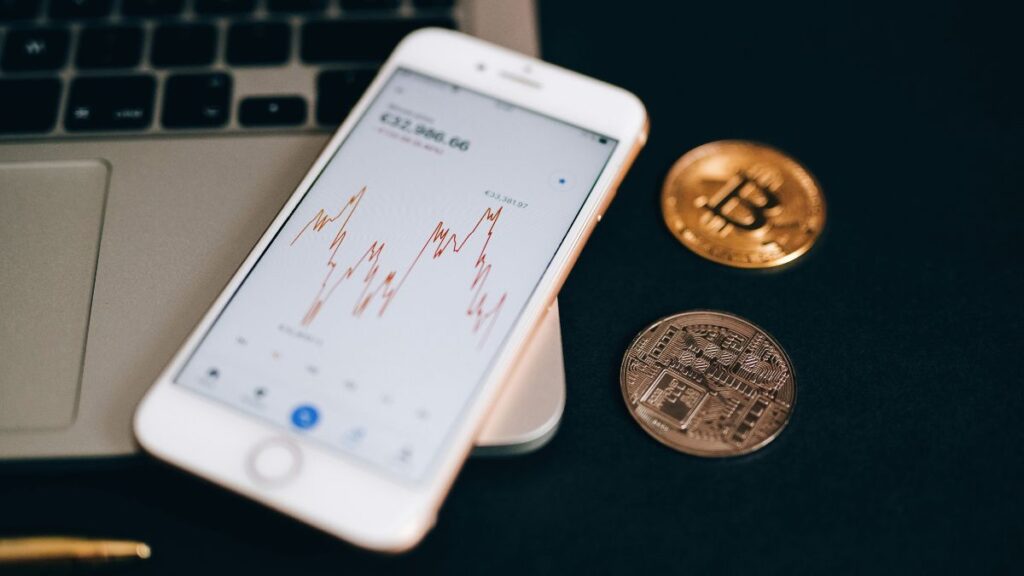Across Asia, digital assets have grown at different speeds. Some countries welcome them with open arms, while others hesitate. In Myanmar, the picture remains unsettled, yet activity continues to expand beneath the surface. The cryptocurrency exchange in Myanmar is developing in an environment shaped by demand from citizens, cautious regulators, and global market trends.
One of the most striking features is the appetite among younger users. Mobile phone use is high, and social media platforms spread information quickly. These conditions create fertile ground for interest in digital assets. Many view crypto as an alternative to limited banking services, offering access to global value transfers in ways that traditional institutions cannot match. Exchanges, both formal and informal, have sprung up to serve this need, even as legal frameworks remain incomplete.
The absence of clear regulation creates both opportunity and danger. On one hand, entrepreneurs can experiment without heavy oversight, building peer-to-peer networks and small trading hubs. On the other hand, the lack of standards exposes users to fraud, sudden closures, and disputes. Without trusted legal recourse, investors carry the risk themselves. This fragile foundation makes long-term stability difficult, even if enthusiasm remains strong.
International pressure adds another layer. Global financial watchdogs increasingly demand that exchanges meet strict requirements for anti-money laundering and consumer protection. For local operators, meeting such benchmarks is challenging. Infrastructure in Myanmar lags behind regional leaders, and attracting skilled staff or reliable funding is not easy. Yet, those who succeed in aligning with global expectations could carve out a competitive edge, connecting Myanmar’s market with wider Asian networks.
Meanwhile, daily trading often continues outside official platforms. Informal peer-to-peer activity thrives on messaging apps and community groups. These methods offer flexibility but leave participants vulnerable. Cases of fraud and failed trades have already eroded trust in some circles. To move forward, exchanges must demonstrate that they can offer both convenience and safety, something that informal channels cannot guarantee.
Economic context cannot be ignored. Myanmar has faced currency instability, inflation, and limits on international banking. For many, crypto represents not speculation but protection. Holding digital assets allows them to preserve value or send remittances more efficiently. This practical demand explains why trading persists despite government caution. The cryptocurrency exchange in Myanmar, therefore, operates less as a luxury and more as a necessity for certain users.
Still, barriers remain heavy. Connectivity issues, inconsistent power supply, and low financial literacy restrict access. Many citizens remain sceptical, unsure how digital coins work or fearful of losing money. Education efforts will be vital if exchanges wish to expand beyond a niche audience. Campaigns that explain risks alongside potential benefits could help create a more sustainable base of users.
Trust also depends on international examples. High-profile collapses of exchanges abroad have shown how devastating poor management can be. Myanmar’s market watches these stories closely, often using them as cautionary tales. Local operators must work harder to show they are different, transparent, reliable, and committed to user protection. Without this assurance, adoption may stall.
Looking ahead, the emerging landscape suggests gradual evolution. Regulatory experiments, partnerships with banks, and the introduction of regional payment systems may open new paths. Each small step could strengthen confidence and make the market safer. Success would not only provide better access for citizens but also signal Myanmar’s willingness to engage with broader financial innovation.
For now, uncertainty defines the space. Enthusiasm is present, but clear rules are not. Investors weigh risks, entrepreneurs test ideas, and authorities continue to deliberate. The cryptocurrency exchange in Myanmar sits at the intersection of these forces, adapting in real time. Whether it matures into a trusted industry or remains fragmented will depend on how well it navigates regulation, builds trust, and connects to global standards.







